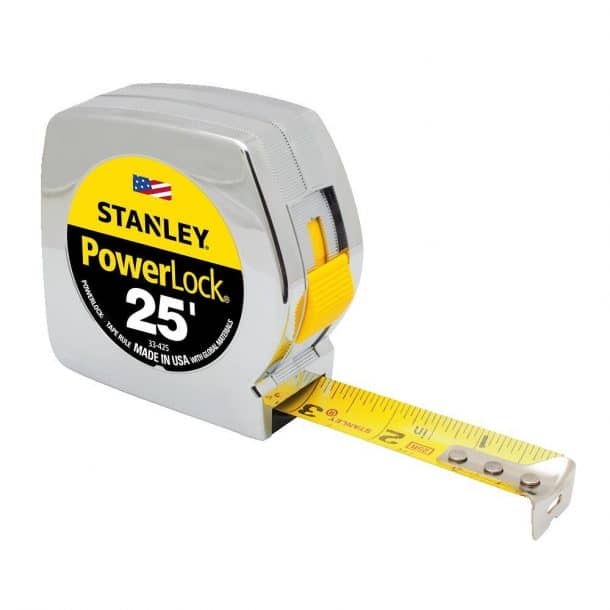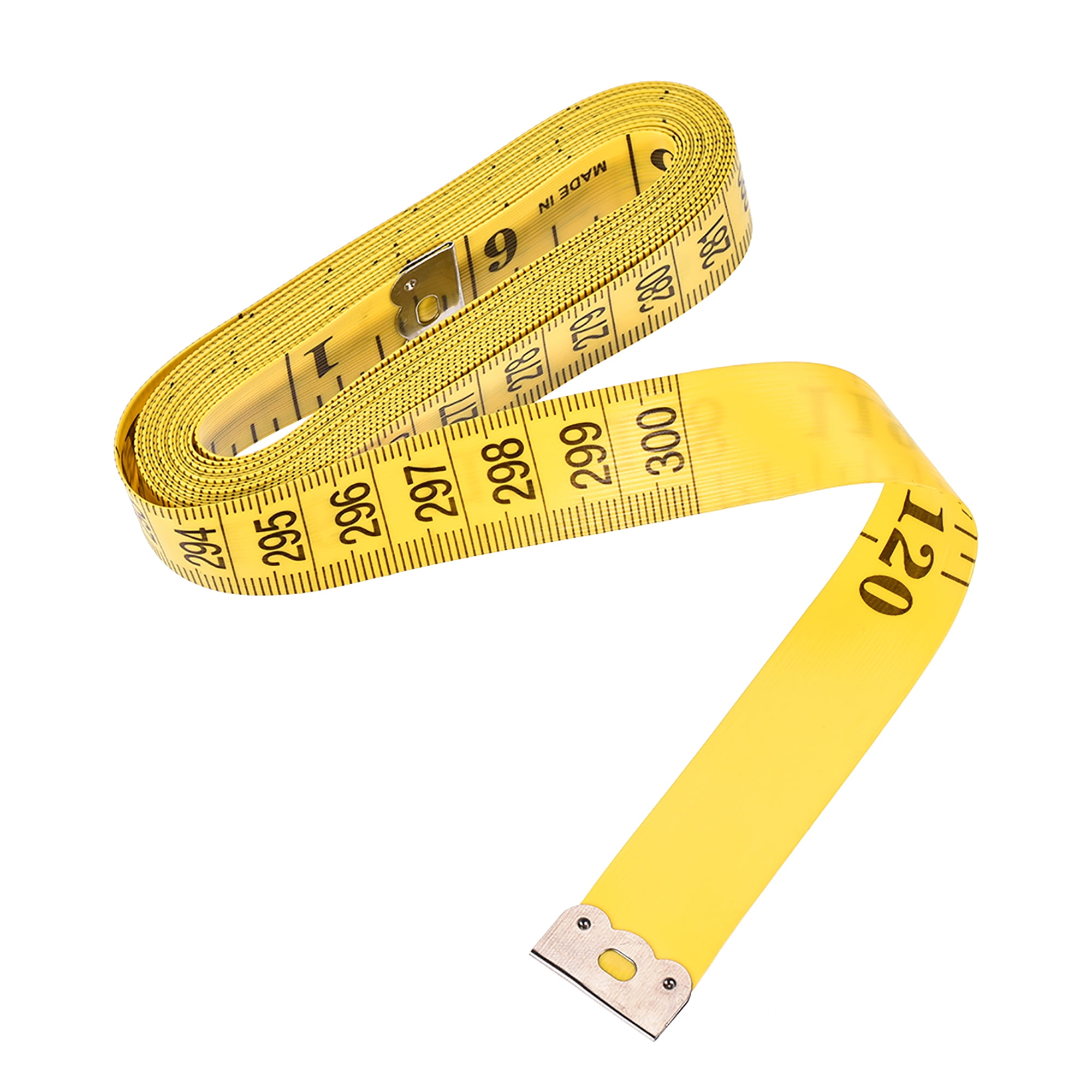
It may be noted that if pull is more than standard pull, the correction for pull is +ve, while correction for sag is always ve. P = the pull applied and L = measured length

W = the weight of the tape of span length The correction, which is difference between the length of catenary and true length is given by Hence, measured length is more than actual length.

This technique eliminates errors due to measurement along slopes, but necessitates correction for sag. While measuring on unevenly sloping ground, tapes are suspended at shorter length and horizontalĭistances are measured. If the length measured is L and the difference in the levels of first and the last point is h, then slope correction Then the temperature correction Ct is given by, α = Coefficient of thermal expansion of the material of the tape and Let T0 = Temperature at which tape is standardised The above expression takes care of sign of the correction also. If pull applied while standardising the length of tape and pull applied in the field are different, thisĮ = Youngs modulus of the material of tape, then For a ruler length of 30 meters, when the height difference between the two ends of the ruler reaches 0.4 meters, there will be an error of about 2.6 mm, and the relative error is 1/11200.The following five corrections may be found for the measured lengths of tape: When measuring the horizontal distance, the steel tape should be kept as level as possible, otherwise there will be errors in distance increase. The error of the steel ruler not being level According to Hooke's law, a 30-meter-long ruler will produce a length error of ☑.8 mm when the tensile force error is ±5 kg.Ĭ. The elastic modulus of steel is E=2X106 KG/CM2. If the spring scale is not used to measure the pulling force during measurement, an error will occur. The magnitude of the pulling force will affect the length of the steel ruler. The error of temperature change is taken into account in the foot length equation. Generally, the thermal expansion coefficient of the steel tape measure is α=1.25x10-5, which is only 1/80,000 of the temperature difference per meter per degree. In the use of the steel tape measure, the main reasons for the error are as follows: TThe temperature at which the steel tape measure is used.
Standard error measurement tape measure verification#
T0 The temperature of the steel tape measure during verification Α coefficient of thermal expansion of steel tape Δl Ruler length correction number, that is, the difference between the actual length and the nominal length of the steel tape at temperature t0 Where lt is the actual length of the steel tape at temperature t This is the ruler length equation, and its general form is: The length of the steel tape will change at different temperatures, so a function with temperature t as a variable must be used to represent the length of the ruler. To avoid this change, it is required to use the steel tape measure in accordance with the pull force marked on the ruler. When the ruler is subjected to different pulling forces, the ruler length will change. The length marked on the ruler is the nominal length, and the difference between it and the actual length is called ruler length correction Δl. The more accurate steel tape measure must be verified when it leaves the factory and after a period of use, and the temperature, tensile force and ruler length at the time of verification must be indicated.


 0 kommentar(er)
0 kommentar(er)
